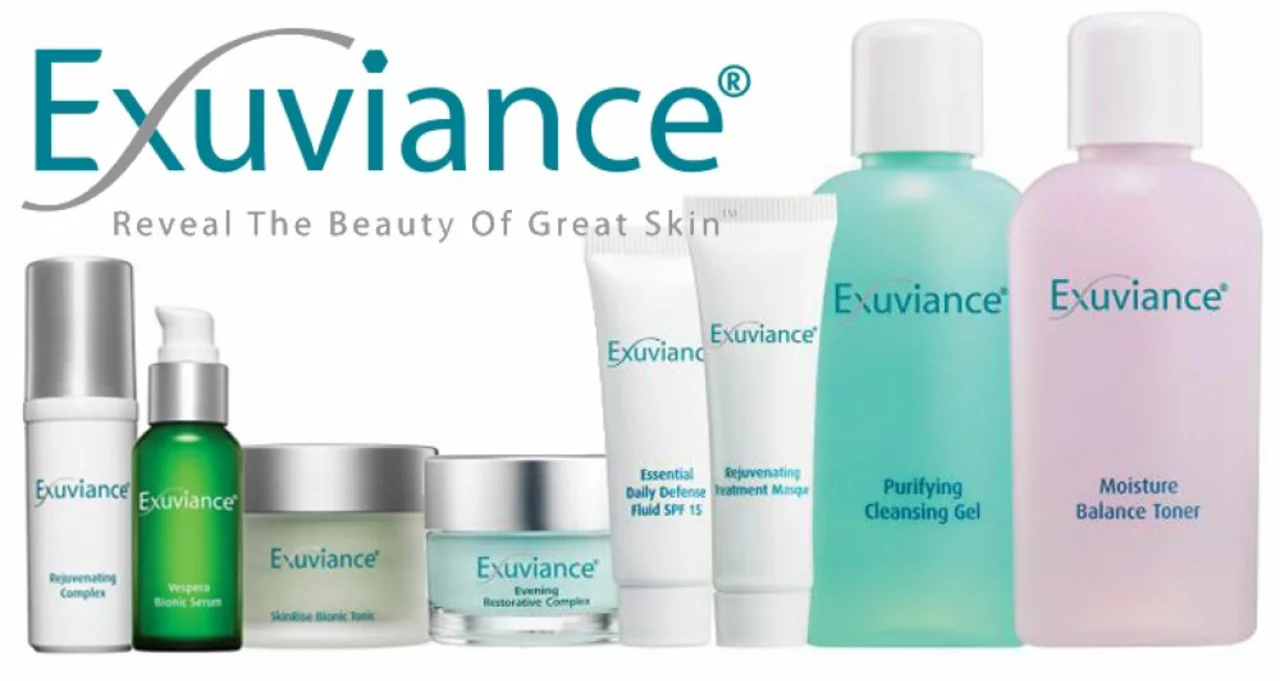Scar-Minimizing: Practical Tips to Prevent & Reduce Scars
Scars form because your body repairs damaged skin. The good news: simple steps right after an injury and smart choices later can make a real difference in how a scar looks. Here are practical, no-nonsense ways to prevent and reduce scars you can start using today.
Practical at-home steps you can start now
Clean the wound gently with running water and mild soap to lower infection risk. Stop bleeding with light pressure; don’t dig into the wound. Cover with a sterile dressing to keep it moist — wounds heal better that way. Apply a thin layer of petroleum jelly and change the dressing daily until the wound is closed.
Avoid picking scabs. Picking prolongs healing and increases the chance of a deeper, wider scar. Once the skin is closed, start gentle silicone therapy: silicone sheets or silicone gel applied daily flatten and soften scars over weeks. Aim for about 8–12 hours per day or as the product instructions say, and expect results after several weeks.
Use sunscreen on new scars. UV exposure darkens scars and makes them more visible. Broad-spectrum SPF 30+ every day for at least the first year helps the scar fade more evenly.
When the wound is fully healed, begin scar massage. Use a light, circular motion for 5–10 minutes once or twice daily with a simple oil or cream. Massage improves circulation, reduces tightness, and helps tissue remodel.
Medical options and when to see a specialist
If a scar is thick, raised, painful, or spreading beyond the injury, see a dermatologist. Common medical treatments include steroid injections for keloids or hypertrophic scars, laser therapy to smooth and reduce color, microneedling to remodel tissue, and fillers for deep pits. For very wide or contracted scars, surgical revision may help.
Topical prescription treatments — retinoids or high-strength vitamin C serums — can accelerate remodeling but should only be used after the wound is healed. Avoid powerful steroid creams on open wounds; misuse can thin skin or cause other problems. If you’re considering any medication, talk with a clinician first.
Expect changes over time. Scars remodel for 6–18 months; most improvement happens in the first year. Be patient and consistent with chosen treatments — silicone, sunscreen, and massage often bring noticeable differences with steady effort.
Want deeper reading? Our posts on related skin topics cover safe use of topical steroids and pigment treatments, which can be useful if your scar has discoloration or if you’re thinking about medicated creams. If you have a history of abnormal scarring (keloids), or the scar bothers you, book a consult with a dermatologist or plastic surgeon. They’ll match treatment to your scar type and skin tone so you get the best result with the least risk.
Small actions matter: keep wounds clean and moist, protect new skin from sun, use silicone after closure, and get expert help for stubborn scars. That approach gives you the best chance to minimize how a scar looks over time.

